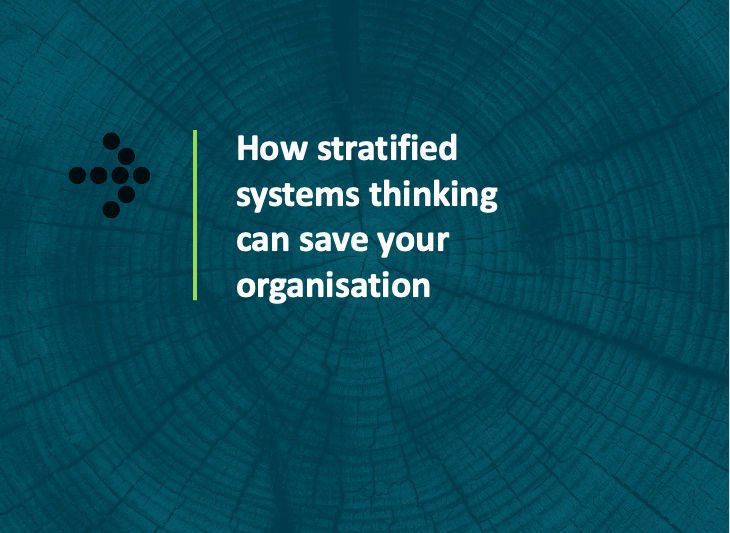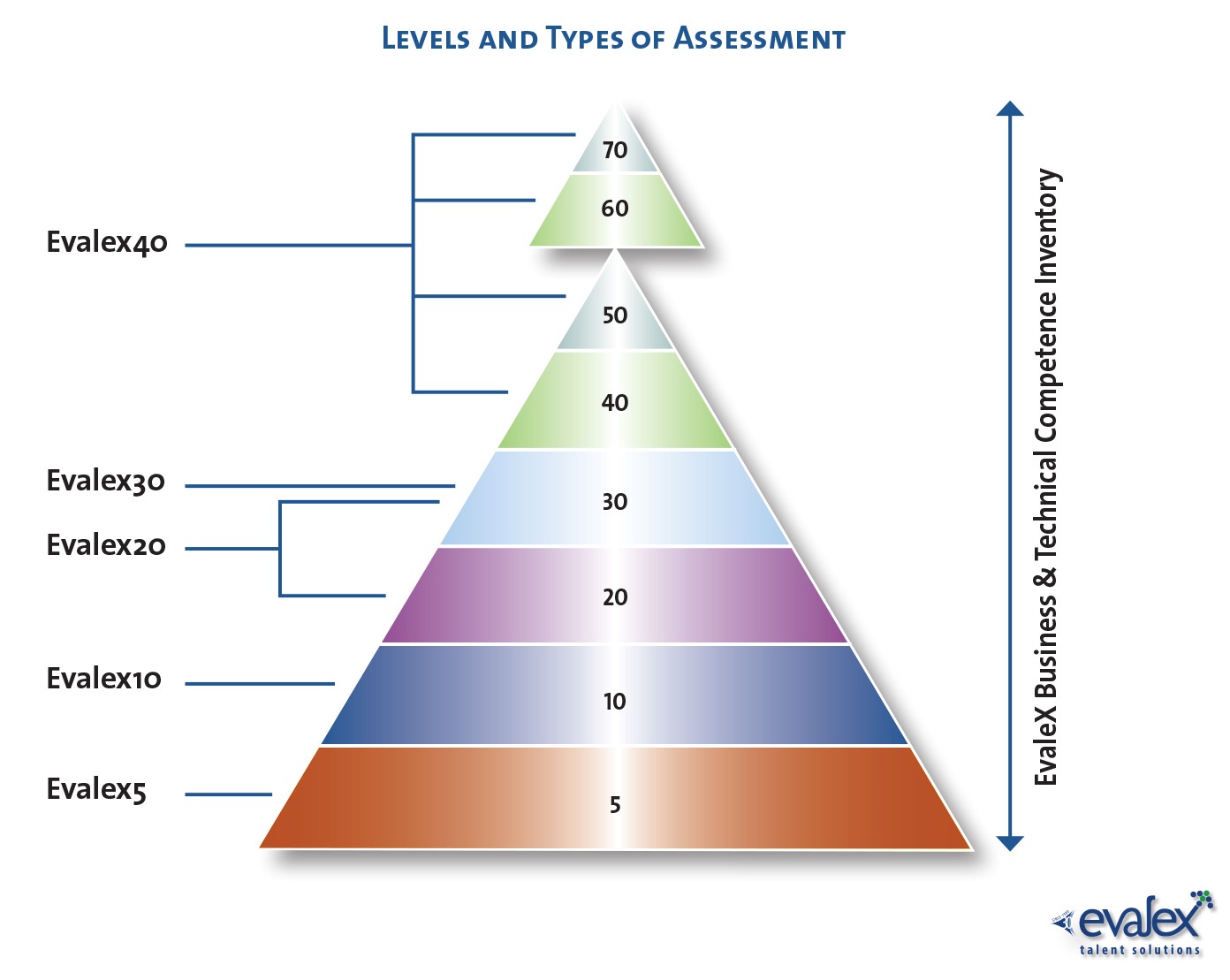How stratified systems thinking can save your organisation

Top management tasks of large-scale organisations are quite different from those at the mid and lower levels. This is because the nature of work changes as an individual moves up through the hierarchy of an organisation. As one moves up in the organisation, the environment becomes more unfamiliar and complex and requires a different set of competencies and capabilities to function effectively.
Stratified systems thinking is a body of theory that indicates the level of work or level of complexity at which a person can effectively function. It identifies five levels of work, differentiated on the basis of complexity and time-span of decision-making. Each level has a specific value-adding theme that provides a unique contribution to the stream of work within organisations, and no level is more important than another. Finding the right fit between individuals and job levels is however crucial in determining success for both individuals and organisations.
Although there are five levels of work identified in stratified systems thinking, they occur within three main organisational domains namely:
- Transactional (levels 1 and 2 focus on adding value for the present)
- Operational (level 3 focuses on medium-term objectives of the organisation)
- Strategic (levels 4 and 5 focus on long-term strategic functioning and sustained viability of organisations)
The three main organisational domains are explained in more detail below.
Transactional
The consistency of action is important in any transactional role, and is therefore viewed as action-oriented/execution roles. The complexity is the lowest in this domain as there is less unfamiliarity in these environments and predetermined processes that needs to be followed on a daily basis.
Words that are often associated with levels 1 and 2 are detail orientation, structure, familiarity, conscientiousness, delivery, execution, and follow-through.
Operational
Typical middle management roles are often responsible for setting mid-term goals and directions, and developing the plans, procedures and processes used by the transactional levels. The level of complexity and unfamiliarity are higher in these environments and require prioritising missions and allocating resources to tailor capabilities at the transactional levels.
Words that are often associated with level 3 are planning, prioritising, coordinating, operating and supervising.
Strategic
Top management is responsible for the strategic direction of the total organisation within the broad context of the strategic/global environment. By its very nature, the term “strategic” implies broad scale and scope, a mode of forward vision extending over very long time spans. Level 4 and 5 environments have the most complexity and are mostly unfamiliar in nature.
Words that are often associated with these levels are: strategic, long-term, constant change, unfamiliar, unstructured and bigger picture.
Our approach
At Evalex our main aim is to help companies create high performance organisations. Our approach is to look at individuals in a holistic manner, assess their competencies, capabilities and personality traits and benchmark the results against a database of 10 000 leaders.
Our benchmark-ranges for each level of work were determined based on high performing individuals’ scores at each level of work (1-5). When an individual’s competencies and capabilities match the complexity of his/her role their performance tend to increase as they may feel more engaged, energised and effective in their decision-making. The performance of individuals will ultimately lead to better performance of the organisation as a whole.
If, however, an individual’s competencies and capabilities do not match the environment or level of work where they are deployed, they will either feel underutilised or overwhelmed, leading to a likely decrease in performance, and ultimately to organisational failure if not attended to timeously.
